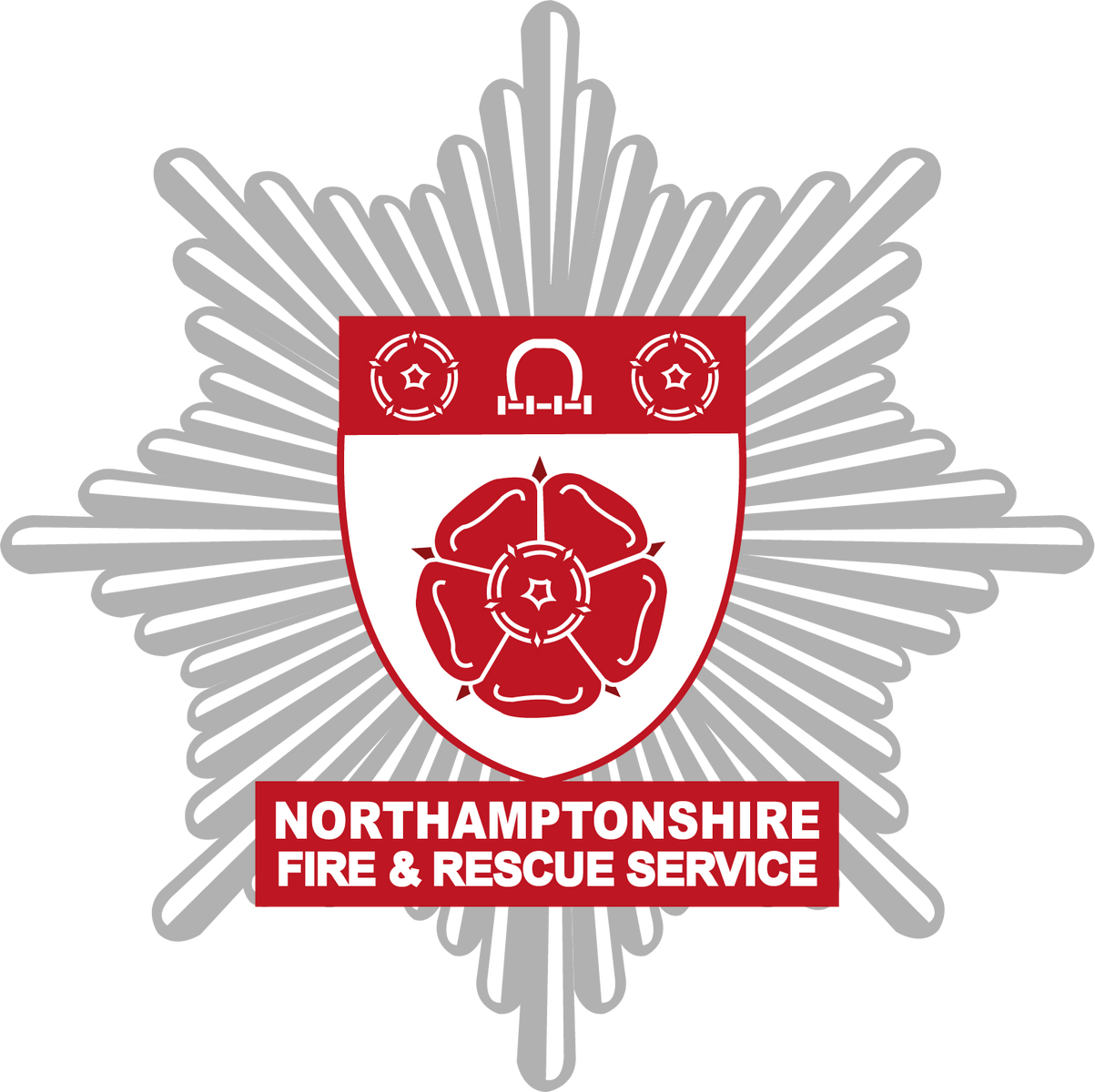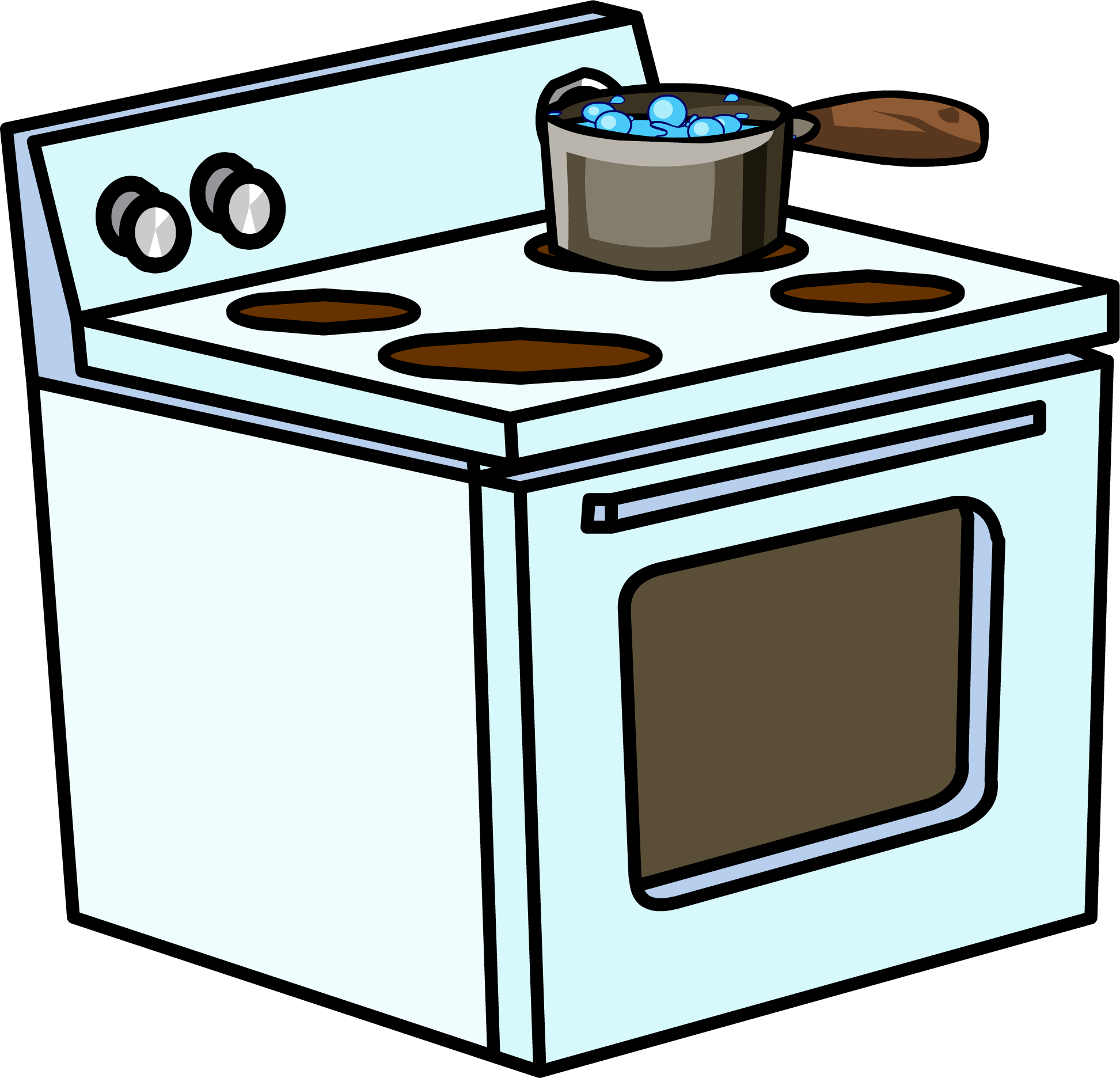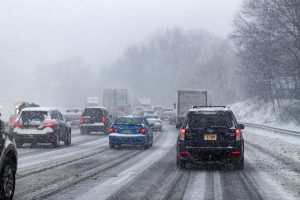Every year, #FireDoorSafety Week raises awareness and helps save lives. We need to root out fire doors that are ill-fitted, damaged or poorly maintained and ensure that all buildings are equipped with fire doors that are fit for purpose.
A fire door is an engineered safety device that is a vital part of the passive fire protection of every commercial, public and multiple occupancy building.
It’s crucial to understand the factors that ensure a fire door performs as intended – product manufacture, quality, installation and maintenance all play a part. Their correct specification, maintenance and management can be the difference between life and death for building occupants, as can their use. Propping a fire door open means that they won’t perform as they should in the event of a fire.
In everyday use the simple purpose of a fire door is just as any other door. However, since the break-out of a fire is never predictable a fire door, unlike any other door, must perform to its prime purpose – to delay the spread of fire and smoke; protecting lives and property.
If you suspect the building you’re living in, working in or visiting has a faulty fire door? Don’t walk by. Report it to whoever manages or owns the building. You could save a life that day. Fire doors are a critical element in preventing the spread of fire and smoke, and it should be everybody’s responsibility in a shared building to make sure that they are fit for purpose.
Fire doors must be checked regularly and the more they’re used the more frequently they should be checked. Anyone can spot a dodgy fire door but if you have legal responsibility for fire safety, call in a professional.
Below are some simple checks you can undertake depending on whether you are a building owner, or manager, a landlord or occupier. Only ever replace damaged components with like-for-like. A trained person should be responsible for this maintenance work.

- Certification: Look for a label or plug on top (or occasionally on the side)of the door
- Gaps: Check the gaps around the top and sides of the door are consistently less than 4mm when the door’s closed. The gap under the door can be slightly larger (up to 8mm) but it does depend on the door. Ideally you should not see light under the door
- Seals: Look for any intumescent seals around the door or frame. Check they’re intact with no signs of damage
- Hinges: Check all hinges are firmly fixed (three or more of them) with no missing or broken screws
- Closing properly: Check the door closes firmly onto the latch without sticking on the door or the frame
Anyone who would like fire protection advice can contact NFRS by ringing 01604 797000 and asking to speak to the Protection department or by emailing fireprotection@northantsfire.gov.uk







 Fire Risk Assessment (worked example for House in Multiple Occupation (HMO)) (PDF 389KB)
Fire Risk Assessment (worked example for House in Multiple Occupation (HMO)) (PDF 389KB)
